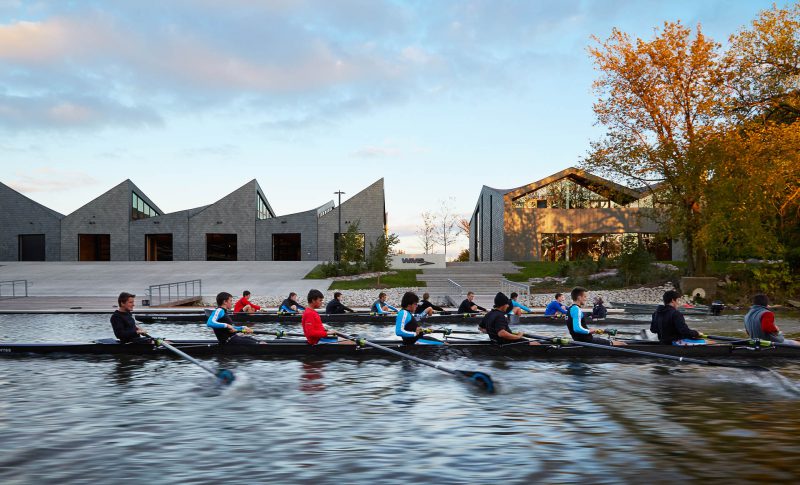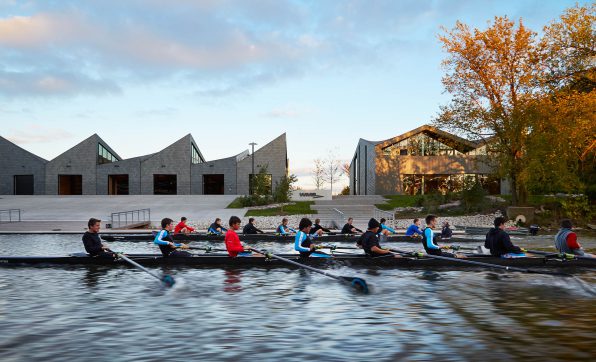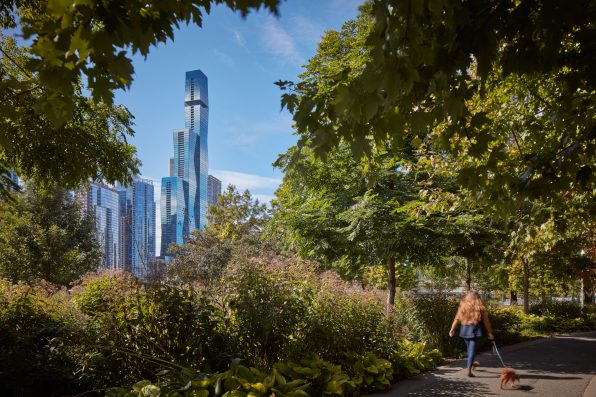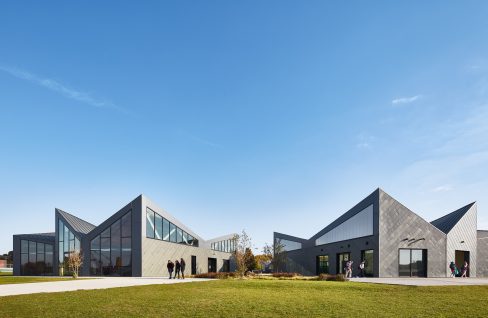National Geographic — "Explore Some of America’s Secret Urban Walks"
“Ordinarily, the glassy expanse of Chicago’s Lake Michigan attracts both photo ops and crowds of people who walk, bike, run, or sun themselves along the shore. But when this spring’s COVID-19 shutdowns closed the lakefront, I found a different watery escape: strolling the connected parks and paths along the North Branch of the Chicago River.
The multi-forked, 156-mile river winds from Lake Michigan through a series of other waterways that finally connect with the Mississippi River. Historically, the Chicago River has been a route for both indigenous people and European settlers, allowing Chicago to flourish as a major industrial city. But for me, during this pandemic, trails along the river have transformed into a secret world where I can get my nose out of my phone and into nature. Well, at least for a couple of miles a couple of times a week. . . .
As I walk north on the trail, a contemporary grey stone building rises like a series of undulating waves. It’s the WMS Boathouse, designed by local architectural star Jeanne Gang, opened in 2013 as part of the city’s ongoing efforts to revitalize the riverfront. Gang used her trademark crisp engineering and green infrastructure elements (rain gardens, porous concrete that helps store and filter river water) to make a structure that’s both a design and environmental win.”
Related
Studio Gang: Architecture - Rhythm
In a short film illustrating recurring themes of pattern and rhythm in Studio Gang’s work, Jeanne Gang highlights one of the threads of inquiry explored in Studio Gang: Architecture, a new monograph published by Phaidon.



